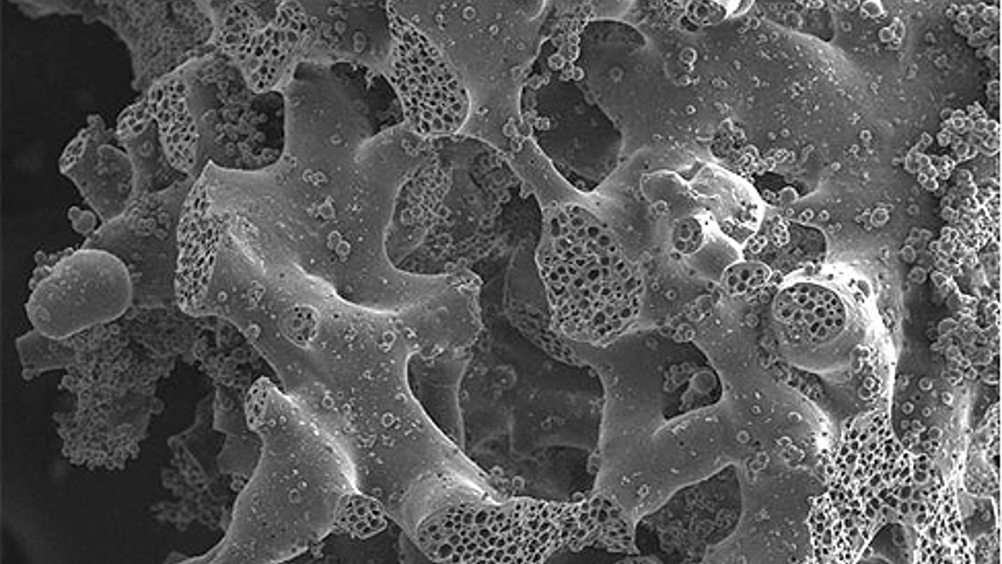Handheld device finds early signs of osteoporosis
The early diagnosis of osteoporosis could be improved with a handheld device currently being evaluated at Southampton University.

The technology is currently being refined and tested at Southampton University with support from the Engineering and Physical Sciences Research Council (EPSRC). The original concept was invented at the University of California, Santa Barbara and could be available for clinical use within five years.
Unlike existing methods of assessing bone fragility, which measure bone density using X-rays, the device is designed to measure the ability of bone tissue to prevent small cracks growing into full-blown fractures.
It does this by pressing a microscopic needle a tiny distance into the top layer of bone. Measured electronically, the amount of penetration indicates how fragile the bone tissue is and therefore the risk of experiencing an osteoporotic fracture later in life.
Osteoporosis is often referred to as fragile bone disease but for many sufferers, the first indication that they have the condition is when they actually sustain a fracture.
Drugs can slow or arrest the development of the disease, but the condition may already be quite advanced by the time the first break has happened.
Register now to continue reading
Thanks for visiting The Engineer. You’ve now reached your monthly limit of news stories. Register for free to unlock unlimited access to all of our news coverage, as well as premium content including opinion, in-depth features and special reports.
Benefits of registering
-
In-depth insights and coverage of key emerging trends
-
Unrestricted access to special reports throughout the year
-
Daily technology news delivered straight to your inbox










Simulations show Optimal Design for Bladeless Wind Turbines
"an 80cm mast" Really? I'm short but that's only half my height! Do they mean 800cm?